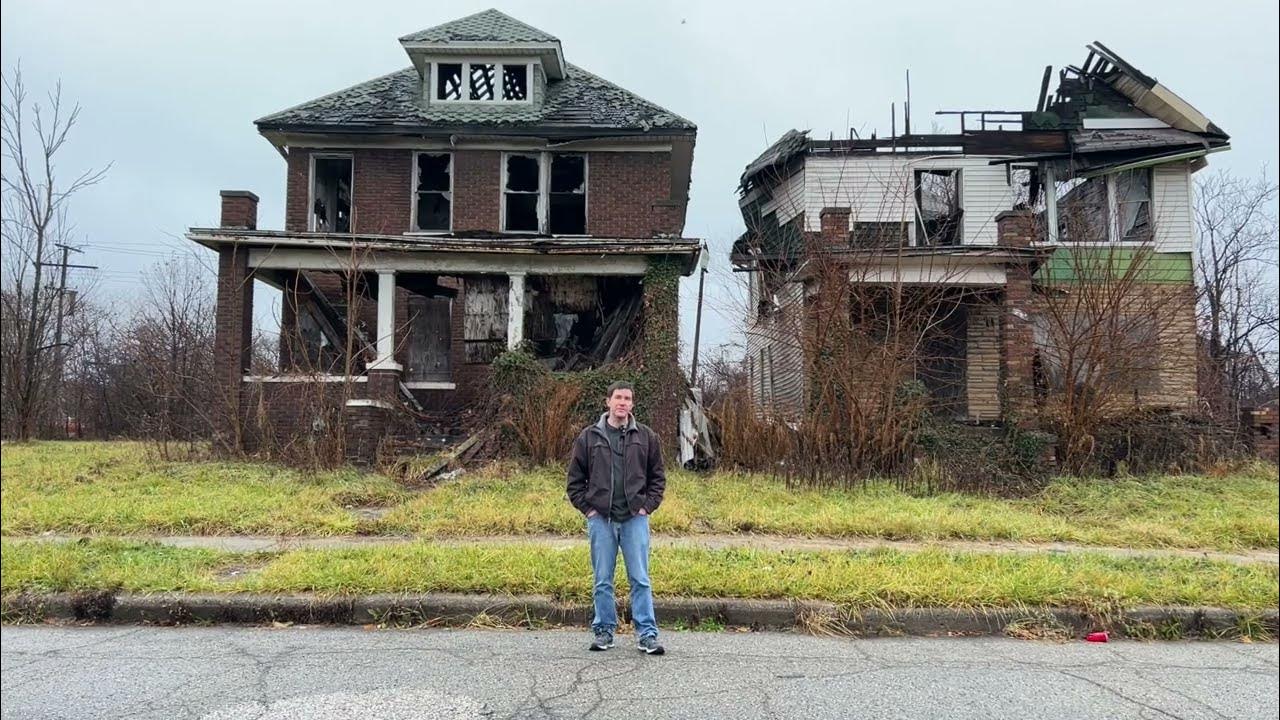Our equivalent will be plastic wrappers and styrofoam cups. Nothing else is made to last. Our legacy is one of garbage that will outlast us by millennia.
I found a YouTube link in your comment. Here are links to the same video on alternative frontends that protect your privacy:
Bass pro shop pyramid
who will the archaeologists discover interred in such a glorious tomb?
Aliens are gonna see a glass-ass giant pyramid and think we were some real enlightened motherfuckers when in reality its just a shrine to the white trash that is the empirial core.
Interstate highways
Yeah, the great spiraling on/off ramps have a touch of that megalithic
Strictly speaking? Probably Cowboy’s Stadium or the Barclay’s Center or the aptly named LA Colosseum.
More abstractly and iconically, I suspect we’re going to be pointing at the decaying remnants of the Denver International Airport or the NASA Vehicle Assembly Building or perhaps one of Amazon’s super-warehouses. These would be buildings we’d continuously maintain locally long after their value as international assets had waned. Things that we might repurpose from regime to regime, as the political needs mandate their use.
The ruins of the WTC would have been a fitting monument. 100 floors of finance and tourism brought down by blowback from US foreign policy.
And it poisoned the workers tasked with cleaning it up.
The only thing that could conceivably last a long time are rich peoples’ mansions and bunkers that are ludicrously overbuilt.
Maybe some capitol buildings would last, too, and other things that are built mostly from stone.
And maybe quarries and open-pit mines. In terms of human traces that can be seen, it will be our extractive industries that are visible for the longest time.
The Statue of Liberty would be our Colossus of Rhodes and definitely melted down in a collapse scenario.
Whichever unlucky PNW city that gets buried by one of the dozen or so volcanoes will be our Pompeii.
Miami will be our Baia. The server farms in Utah with all the NSA data will be our library of Alexandria. New Orleans would probably be (the original) Alexandria.
But if I had to pick one equally emblematic American thing that could conceivably last 2k years, it would (unfortunately) be Mt. Rushmore.
Did Dark Age Rome look like Detroit?
America - not just Detroit - already looks like the Roman Empire when it had collapsed. This is something I know Patrick Wyman would hit on in his podcasts. People have this idea in their heads that the Roman Empire was going all just fine and everything and then eventually the whole thing (at least in the western half) just collapsed. It was an uneven process over centuries. There are even some historians who argue that the Roman Empire never even really collapsed, it just evolved out of existence (not sure I agree but it’s an interesting perspective).
When the legions left Britain, the local economy there completely collapsed since it was dependent on the military. However, North Africa may have been better off economically under the Vandals because they no longer had to ship all their grain to Rome. “Collapse” was not something that was felt uniformly at the same time across the empire. Some places “collapsed” in the second century, others “collapsed” in the fifth. Some places got a lot worse without Roman rule, others thrived.
So much of the US has already “collapsed”. Drive through any rural town and you can see how many buildings are already in disuse, abandoned, or falling apart there. Take a map of your city. Look at all the areas where you have empty strip malls, closed down factories, crumbling infrastructure, or houses that are falling apart. Chances are it’a a huge portion of the town. For most of America, the only parts that aren’t collapsed or on a collapsing trajectory are a ring of newer suburbs of single family houses, big box stores, and chain restaurants. Then maybe a downtown with a business district and a few gentrified neighborhoods. Everything else, just from a physical standpoint, has already collapsed or is rapidly heading that way.
It’s the NYC subway, sadly
Any one of the dozens of stadiums?
nah, stadiums is Rome’s vibe. It represented conquest, bloodshed, bread and circuses. It was the symbol of Rome. Needs to be uniquely American.
I found a YouTube link in your post. Here are links to the same video on alternative frontends that protect your privacy:
Likely some stadiums and government buildings of the stone variety. I’m more impressed with how quickly a lot of radio towers and the like will fall. A guyed tower really is quite the marvel of engineering.













